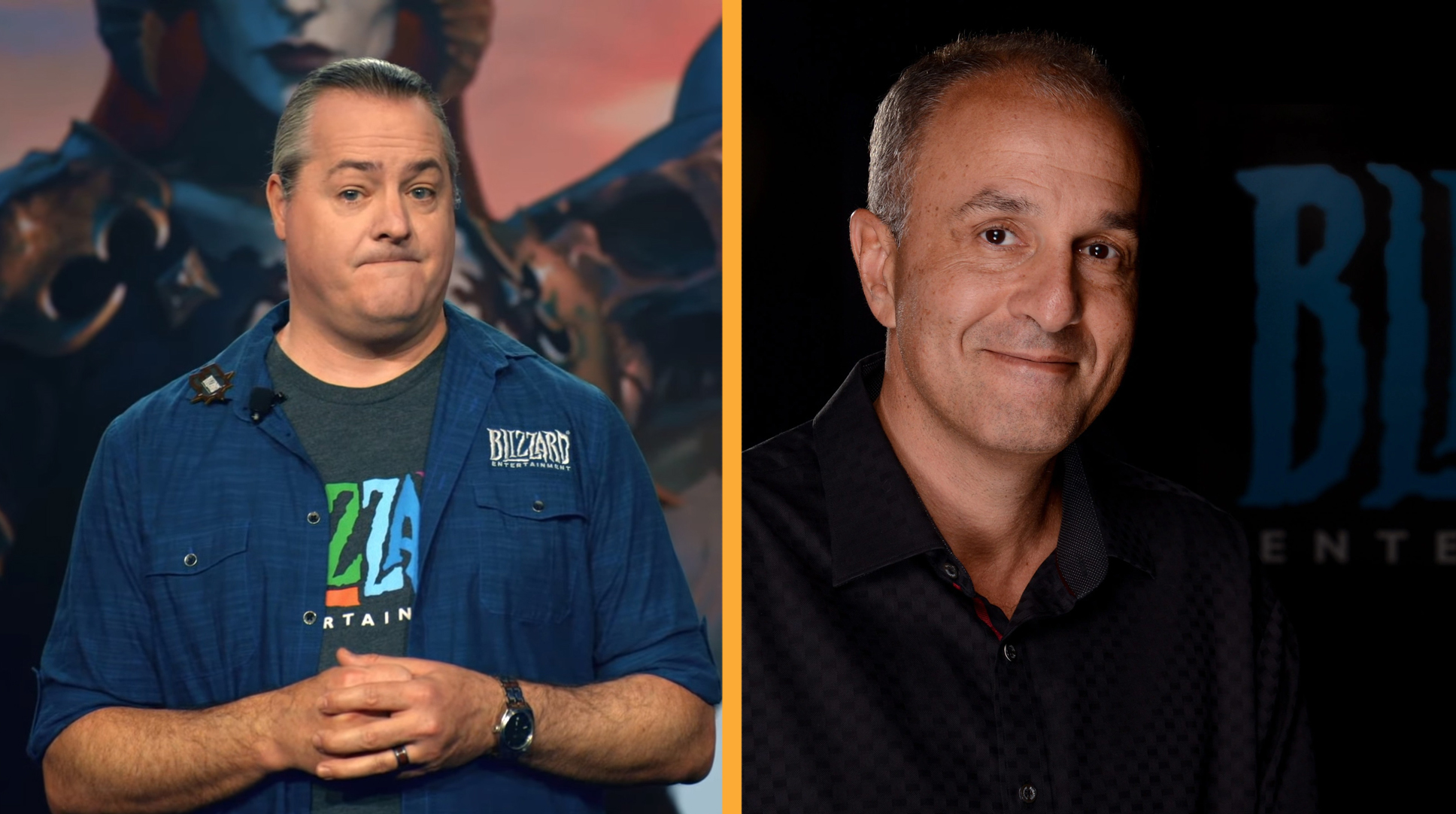Love it or hate it, Blizzard Entertainment is almost always one of the most discussed companies in gaming. It shepherds some of the biggest franchises in the industry, such as Warcraft, Diablo, and Overwatch. It also often finds itself at the center of controversy, including last year’s rough launch for the Warcraft III remaster, Reforged, and the 2019 Blitzchung incident.
On February 19, Blizzard hosted BlizzCon Online, a digital event that gave the studio a chance to update fans on its upcoming projects, including the anticipated Diablo IV and Overwatch 2. It also gave Blizzard a chance to announce a remake of Diablo II, called Diablo II: Resurrected.

Unlock premium content and VIP community perks with GB M A X!
Join now to enjoy our free and premium membership perks.
![]()

![]()